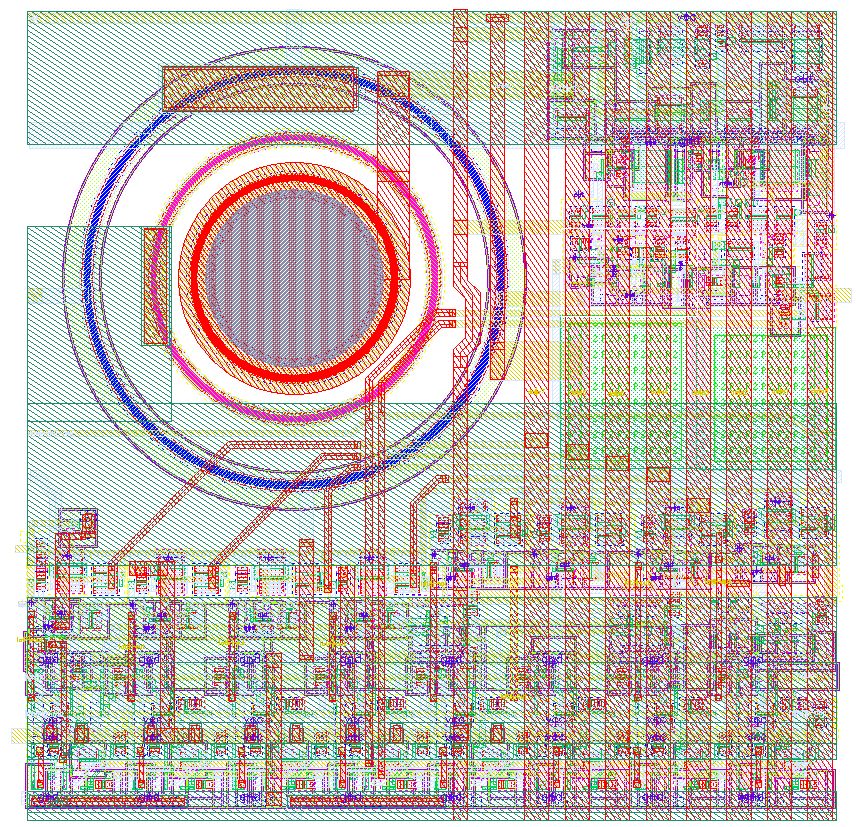Single-Photon Avalanche Diodes (SPAD) demystified
How Single-Photon Avalanche Diodes (SPAD) work and how to use them.

Enjoy a short presentation that explains how SPADs work and how to use them. I created this material while working as a Ph.D. student at Polimi's SPAD lab to introduce Single-Photon Avalanche Diodes to undergraduate students. The material offers a first order introduction to the subject, many important details (e.g. a discussion about noise sources and afterpulsing) is omitted to ease the explanation. The presentation discusses the physics behind the SPADs' single-photon detection capability and three different modes of use:
- Time-Correlated Single-Photon Counting (TCSPC). Used to perform Fluorescence Lifetime Measurements, Optical Tomography, detection and identification of Molecules and recording of extremely fast Optical Waveforms. Additional online resources on TCSPC are available here.
- Time of Flight (ToF) measures the time photons take to be reflected by a target at a distance. This information is used by LiDARs and 3D Imagers to acquire depth data from a scene.
- Photon-Counting. This operation mode is similar to one of CCDs and CMOS imagers. An array of SPADs is used to acquire images in very low-light and/or high-speed conditions. Each SPAD simply counts the number of photons detected during a fixed time frame. To know more about single-photon counting imagers read about the SPAD-Camera I designed during my Ph.D.